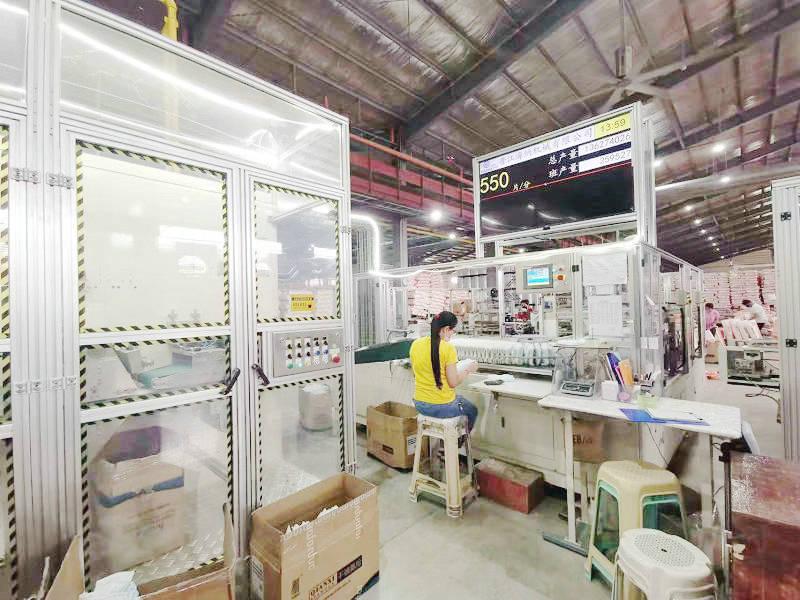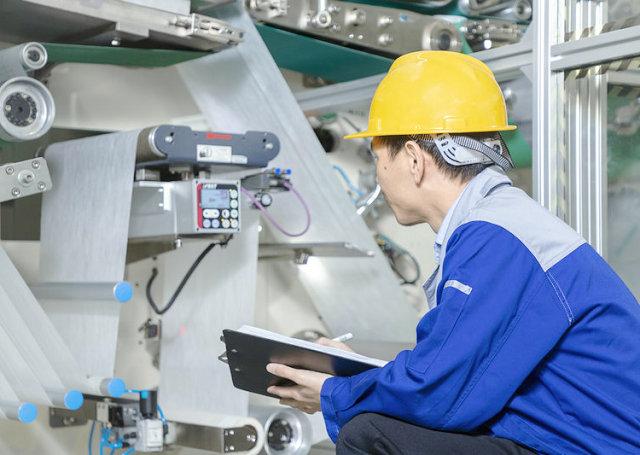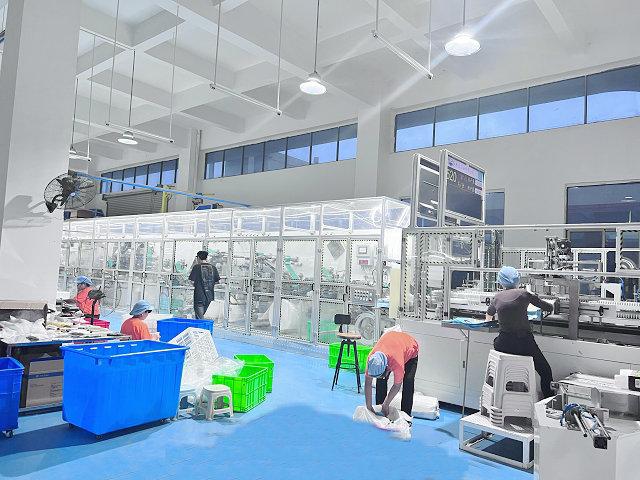Author:Haina Machinery Factory FROM:Diaper Machinery Manufacturer TIME:2023-10-16
Mastering the Operation of Baby Diaper Manufacturing Machine

The baby diaper industry is a constantly growing market, with an increasing demand for high-quality and efficient production. To meet this demand, it is crucial for manufacturers to have a thorough understanding of the operation of the baby diaper manufacturing machine. By mastering the operation of this machine, manufacturers can enhance productivity, ensure product quality, and optimize overall efficiency. In this article, we will explore the key aspects of operating a baby diaper manufacturing machine, focusing on three important areas.

Before diving into the operation of the baby diaper manufacturing machine, it is vital to properly set up and configure the machine. This involves ensuring that all the necessary components are in place and functioning correctly, such as the raw material feeders, elastic applicators, and cutting devices. It is also essential to adjust the machine's settings to meet specific production requirements, including the desired diaper size, absorbency level, and packaging options. Additionally, proper calibration of sensors and control systems is crucial to maintain consistent product quality and prevent any operational issues.

Once the machine is set up, understanding and controlling the operational parameters is fundamental for effective production. These parameters include the speed of the machine, tension levels, temperature settings, adhesive application rate, and air pressure, among others. Manufacturers must carefully monitor and adjust these parameters as needed to ensure optimal performance and product quality. Regular monitoring of the machine's operating conditions, troubleshooting any abnormalities, and taking preventive maintenance measures are key to preventing downtime and ensuring smooth operations.
Quality assurance is of utmost importance in the baby diaper manufacturing industry. Manufacturers must implement stringent inspection processes to ensure that each diaper meets the required quality standards. This involves conducting regular checks on the manufacturing machine, examining the product for defects, and performing necessary tests, such as absorbency, leakage, and tape adhesion tests. Implementing automated inspection systems can also contribute to improving efficiency and accuracy in quality control. Additionally, it is crucial to establish a feedback loop with customers, gathering their feedback and addressing any concerns promptly to continually improve product quality.
In conclusion, mastering the operation of a baby diaper manufacturing machine is vital for manufacturers in the hygiene products industry. By properly setting up and configuring the machine, controlling operational parameters, and implementing robust quality assurance measures, manufacturers can enhance productivity, ensure consistent product quality, and meet the demands of the market effectively. Continuous improvement in machine operation, along with proper maintenance and customer feedback, will contribute to the success and growth of the business in this competitive industry.
